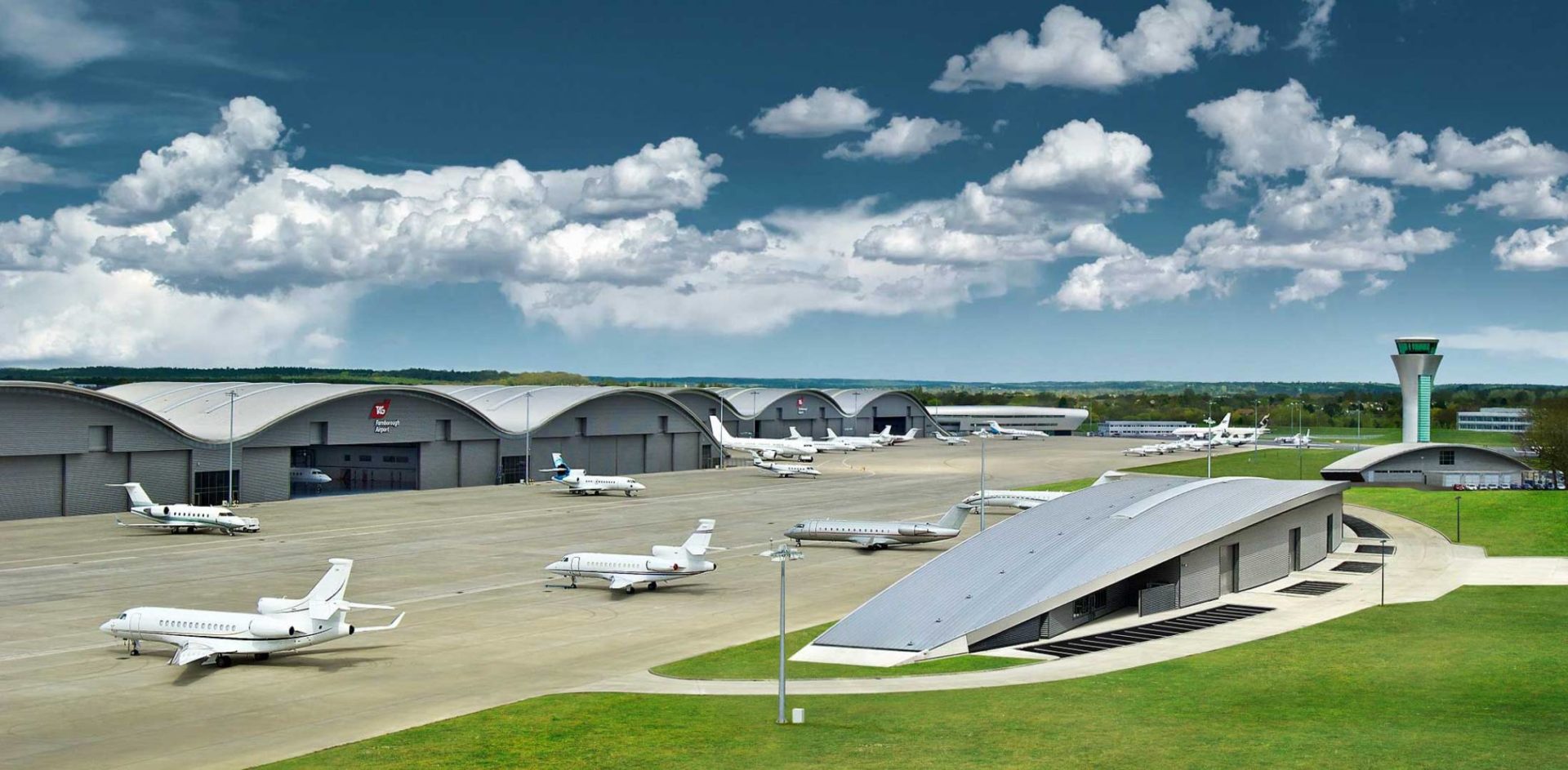
What does "net-zero" really mean?
Over the last couple of years or so, we have heard many countries, sectors and individual corporations declare that they will be “net-zero” by 2050. Where did this expression come from and what does it mean for us and the Business aviation sector?
There are many factors that led to this focus in the last few years and it would probably be possible to narrow it down to three key events or elements. The first was the signing of the Paris Agreement, which became effective in 2016 (drafted in 2015 at the UN COP 21 in Paris) and advocated a 1.5°C limit above pre-industrial levels, from all sectors, towards limiting the effects of climate change. The second was in 2018 by a special report by the Intergovernmental Panel on Climate Change (IPCC). The third and final part, and the one that impacted the widest audience, was undoubtedly “flygskam”,or the flight-shaming movement. Essentially targeting only the aviation sector, the flight shaming movement brought the whole issue of climate change to the masses.
To answer the question on what “Net-Zero” implies, it is important to look at what the abovementioned IPCC report found.
Limiting global warming to 1.5°C would require “rapid and far-reaching” transitions in land, energy, industry, buildings, transport, and cities. Global net human-caused emissions of carbon dioxide (CO2) would need to fall by about 45 percent from 2010 levels by 2030, reaching ‘net zero’ around 2050. This means that any remaining emissions would need to be balanced by removing CO2 from the air.
IPCC , Special Report on Global Warming
In simpler terms, this means that there should be no increase in emissions (no net rise) – every possible reduction should be made – and any remaining emissions should be removed through carbon crediting and carbon removal technologies. These carbon removal technologies could be as simple as mass reforestation alongside more complex solutions like carbon capture and storage (CCS), which uses technology to directly remove CO2 from the atmosphere or industrial processes and storing it, or using it to produce “blue” hydrogen, which could also be used to power future aircraft.
The Business Aviation Commitment on Climate Change (BACCC), published in 2009, does not have a goal of ‘net zero”, but rather a goal to halve its CO2 output by 2050 based on 2005 figures. This means that net-zero for Business aviation would probably be achieved a decade later, but this would need to be confirmed. The fact that Business aviation has a commitment on climate change already puts the industry an advantageous position, as it is already concentrating on reducing our overall emissions through pathways such as new technology, sustainable aviation fuel, improved operations and infrastructure and market-based measures.
There is currently a review process in place for the BACCC, which will look into this very important question to see if the sector is able – and on track – to meet its goal, and also factor in new elements and information that wasn’t available or be able to be considered in the original Business aviation commitment. The review of the BACCC will be available towards the end of Q1 2021.




